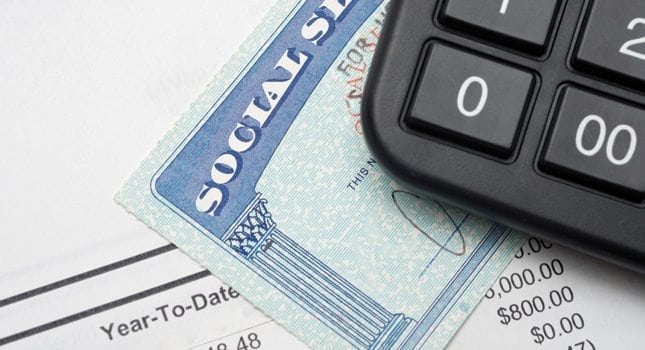
Understanding 401(k) Fees
Percentages can surely take a piece of the investment pie.
By Peter Hoglund, Financial Planner On Aug 28, 2014Most full-time workers in New Jersey have access to 401(k) savings plans through their employers. These 401(k)s can be great tools, allowing you to reduce your taxes by deferring income while offering a savings discipline to make your retirement plan more successful. Participants are also able to access a variety of investment options that may not normally be accessible through other avenues.
However, hidden fees can eat away at this success. Studies by Vanguard project an expense ratio of 1.20 percent may consume 47 percent of a portfolio’s return over 50 years, losing hundreds of thousands of dollars in the process! Yet TIAA-CREF noted in their 2014 survey that Americans spend two more hours selecting a flat screen TV than selecting their retirement investments.
When investing inside your 401(k), you will usually have a selection of mutual funds to choose from – each fund has a specific investment goal and an underlying expense ratio fee to pay the manager of the fund. These fees are never directly charged to your 401(k), but, rather, deducted from the overall return of each fund. If you are not purchasing individual stocks or bonds, which are rarely available through a 401(k), some level of expense ratio is unavoidable.
The complexity and amount of work required to create and maintain funds are important to calculating fees.
An actively managed fund generally has a specific investment goal, usually investing in a segment of the market. More expertise may be required to maintain the portfolio. Expect to pay between 0.50 percent and 2.00 percent per year, with an average around 1.00 percent. Index mutual funds, those that try to match a benchmark, require less work by the manager, and carry lower fees, between 0.10 percent and 0.40 percent. Target-date funds are a hybrid or “fund of funds,” with several funds rolled into a single long-term investment. These can range between 0.25 percent and 0.60 percent.
High fees can also result from a poorly managed 401(k).
As of 2013, 401(k) statements must include all fees that each participant pays, with quarterly statements required.
Small- to mid-sized companies are occasionally given more expensive versions of the same mutual fund, a different share class where the manager essentially creates the same fund at a higher expense ratio. Even if the name is the same, you may not pay the same fees as a different plan for the same product. Use Morningstar’s free website to find the various classes by looking up the fund using the five-letter ticker symbol of the fund.
These are generally not the only fees that a participant may pay. The third-party administrator of the entire 401(k) may also include additional fees. Depending on the structure of your company’s plan, there may be additional fees from the provider that are rolled into the overall cost.
About the Author – Peter Hoglund is a financial planner with AEPG Wealth Strategies in Warren. He specializes in working with physicians and small businesses. For more information, visit www.aepg.com.
Related Articles:





